"As someone with chronic back pain, I can confidently say that Gabi and the MuenchSystem has helped me the most unlike previous practitioners that I've seen over the last 10 years. Gabi has taken the time to really assess and determine the cause of my pain and her treatments & exercises are very effective. I highly recommend Gabi and the MuenchSystem to anoyone who is seeking a solution to their physical pain."
Pain-free with a system Empowering you to be pain-free
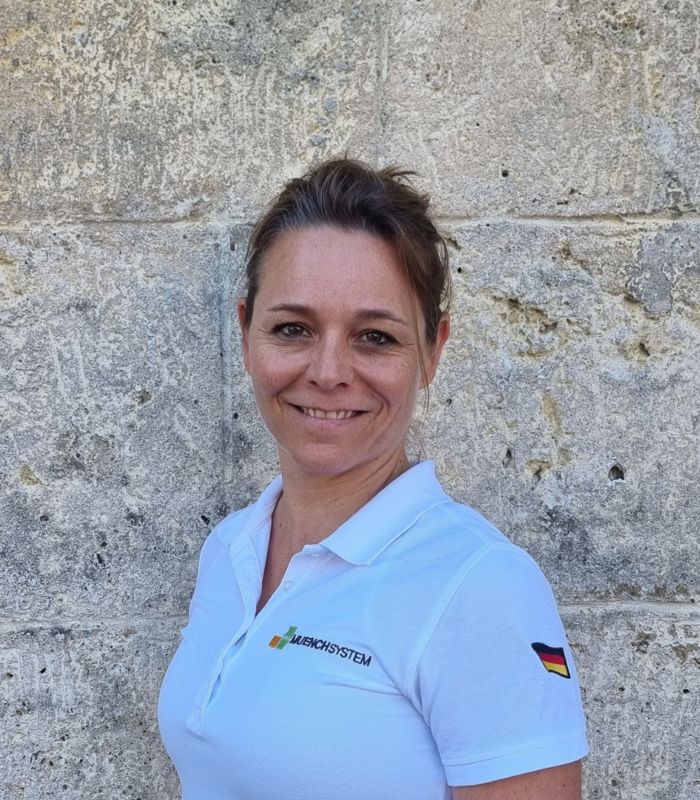
Gabriele Niederer-Hailazidis
Southcoast NSW
Sydney
Mobile:
+61 (0) 429 107 551
ORTHOCENTER SYDNEY
Welcome to
MUENCHSYSTEM Australia
We are here for you in Australia, bringing a German, system-based approach to Musculo-skeletal therapy.
This effective, results-driven therapy (The MuenchSystem) is backed by several decades of practical application and implementation in Germany’s Orthocenters, supporting a divers demography with their overall wellbeing rather than just addressing symptoms.
Please ring or email us for further information including booking details.
Treatment possibilities
for backpain
Most of our clients’ concerns are around backpain.
Our treatment aims to target the deeper root cause of this pain to provide you with pain-free living.
The back is an essential pillar of our body. Those affected who suffer from chronic back pain are therefore often severely restricted in everyday life. There is hardly a movement that does not affect the back and thus causes pain. As a result, those affected move only slightly and adopt gentle postures, which often result in further complaints. A classic vicious circle is created.
Back pain often creates a ripple-effect to other areas of the body and your posture. We take an all-encompassing approach to explore and address these associated restrictions.
From muscular strain and herniated discs to clinical issues such as osteoporosis, Bechterew's disease and Scheuermann's disease – we work with you to remediate the pain.
Back to a healthy and strong back
Your first meeting with us will include a detailed assessment to focus on careful mobilisation. Coupled with gentle, individual movement therapy, our focus is to coach and guide you onto a pain-free and healthy pathway. .
We explore the entire musculoskeletal system so that symptoms are not only alleviated, but the actual cause is remedied. Our systematic approach to treatment means, we analyse the causes and establish your specific individualised treatment.
Prevention: The recipe for back pain success :
Our goal is to safe-guard your back concerns. With the right treatment and movement concepts, we not only aim to support your wellbeing, but also prevent relapse or exacerbation of back pain problems: The right movement concept sustainably strengthens the back and can thus protect against problems in the long term.
Especially for people with physically strenuous jobs or people who often sit in everyday work, it makes a lot of sense to deal with prevention options.
Our structured therapy can help you here with an individually tailored movement concept.
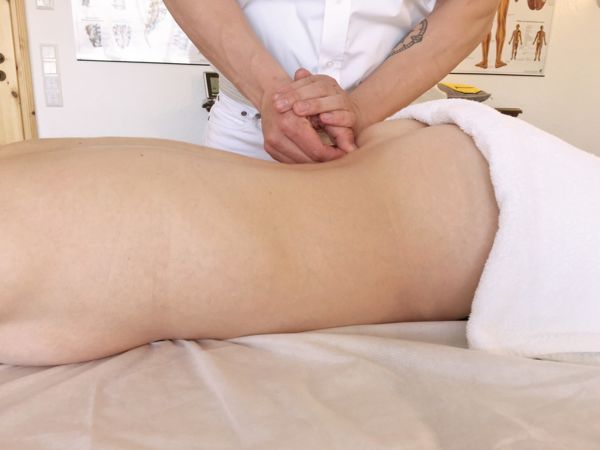
- Distortion of processes in the muscle tendon band apparatus
- Intervertebral disc incident
- Osteoporosis, osteochondrosis
- Bechterew's disease
- Scheuermann's disease
- Complaints due to overload (also due to stress)
- Supporting before and after an operation
Postural Problems
Poor posture or postural decline can lead to further functional illnesses or damage to your back if left untreated. With our individually tailored treatments, we can correct postural problems gently and effectively.
A lot of people do not realise that postural problems are often the root cause of triggering issues around joints, muscles, fascia and ligaments, which is further exacerbated by our everyday habits, routines and jobs supporting a lack of movements.
Back to a healthy and correct posture
The client's alignment and posture is optimized by correcting the supporting and musculo-skeletal system.
Prevention against postural problems:
Whether following a focused therapy or in advance as prevention: The right movement concept ensures a healthy alignment and posture in the long term.
For people with physically challenging sports or jobs or people with a very sedentary lifestyle, it makes a lot of sense to deal with prevention options. Preventive correction of sources of error can protect against consequential damage.
We can help you here with an individually tailored movement concept.
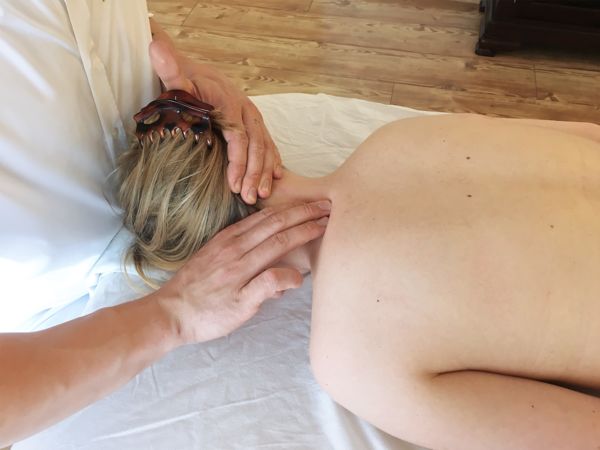
- Coaching you towards an active alignment to overcome unconscious, habitual or innate misalignment.
- Misalignment due to fracture or trauma
- Before and after an operation
- Muscular imbalances
- Neck pain, dizziness
- Mental stress
- Therapy for better stability of your musculoskeletal system
- Preventative solutions for a sedentary workplace and lifestyle
- Correction of root causes between coordination of postural foundations and posture dynamics.
Joint Problems
Joint problems can severely restrict your movement and have a damaging ripple-effect on your postural alignment.
Our joints are integral for our body’s mobility. If they are healthy and fully mobile, we hardly notice their importance for our overall wellbeing. We focus on the mobility of joints and assess any areas of inflammation, overload, or compensation from other areas of the body.Our focus is stabilisation and mobilisation to restore joint function. We apply a focused and systematic method to gradually stabilise the joints. In addition, to the affected joint, the entire musculoskeletal system is carefully considered for any compensated areas.
Healthy joints for a mobile, self-defined life
Stabilisation is the top priority in addition to mobilisation. To restore joint function, a focused and systematic method is applied to gradually stabilise the joint. In addition to the affected joint, the entire musculoskeletal system must also be carefully considered. Joint problems often lead to postural compensation, which can also trigger complaints in other areas of the body.
Therapy in connection with surgery
Sometimes surgery is inevitable. Our special concept and system accompanying therapy before and after the operation, can contribute to a quicker and stable recovery.
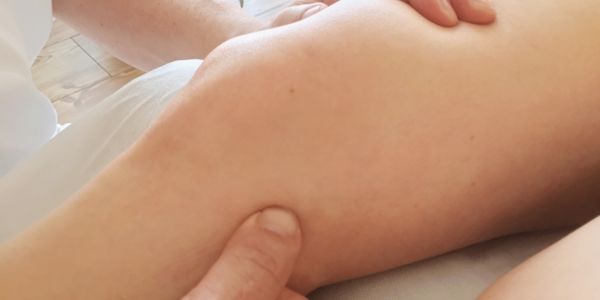
- Joint pain after traumatic action (e.g. accident, fall)
- Stabilisation of joints (e.g. before and after joint surgery)
- Mobilisation after overload
- Inflammation in the joint
Treatment of
Movement Disorders
Movement disorders or abnormalities can be congenital,habitual or incurred as a flow-on effect by other illnesses. To facilitate improvement, we address this issue through biomechanical movement assessments and corrections.
Our focus here is to: relieve pain and promote mobility.
Movement disorders can be the result from birth or habitual movement imbalance and dysfunctions. While those affected usually have no restrictions and are otherwise physically and mentally fit, deficits in development in certain isolated areas are possible. These can be both neuronal and central.
They are often associated with pain for those affected and can be the result of an unconscious "pain avoidance" of the body. In children, these disorders are often not immediately recognizable or only occur during development, e.g. when learning complicated movements such as cycling.
Relieve pain, promote mobility
The aim of movement disorder therapy is the gradually re-gaining mobility and sensitivity. The individual and specifically adapted therapy enables congenital or habitual disorders to be assessed and worked through whilst carefully correcting them. The intensity of the treatment depends on the clinical diagnosis. Often, children only require specific and considered support in their inherent and existing skills.
If you notice any restrictions or limitations in your child’s movement, you should seek professional advice at an early stage to be able to take non-operative measures. Misrepresentations / misconceptions occur frequently and can usually be corrected.
Sometimes smooth movement behaviours need to be developed and are not available to the child yet. Especially in the first few years, children first have to learn how to handle their bodies properly.
We are here to support and encourage them in their own actions.
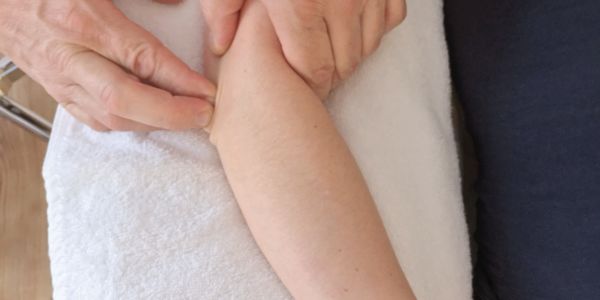
- Neuronally controlled disorders
- Centrally controlled causes
- Congenital or habitual dysfunctions
- Developmental disorder in children
- Traumatic influence (e.g. due to accident)
- Apoplexy
- General pain symptoms